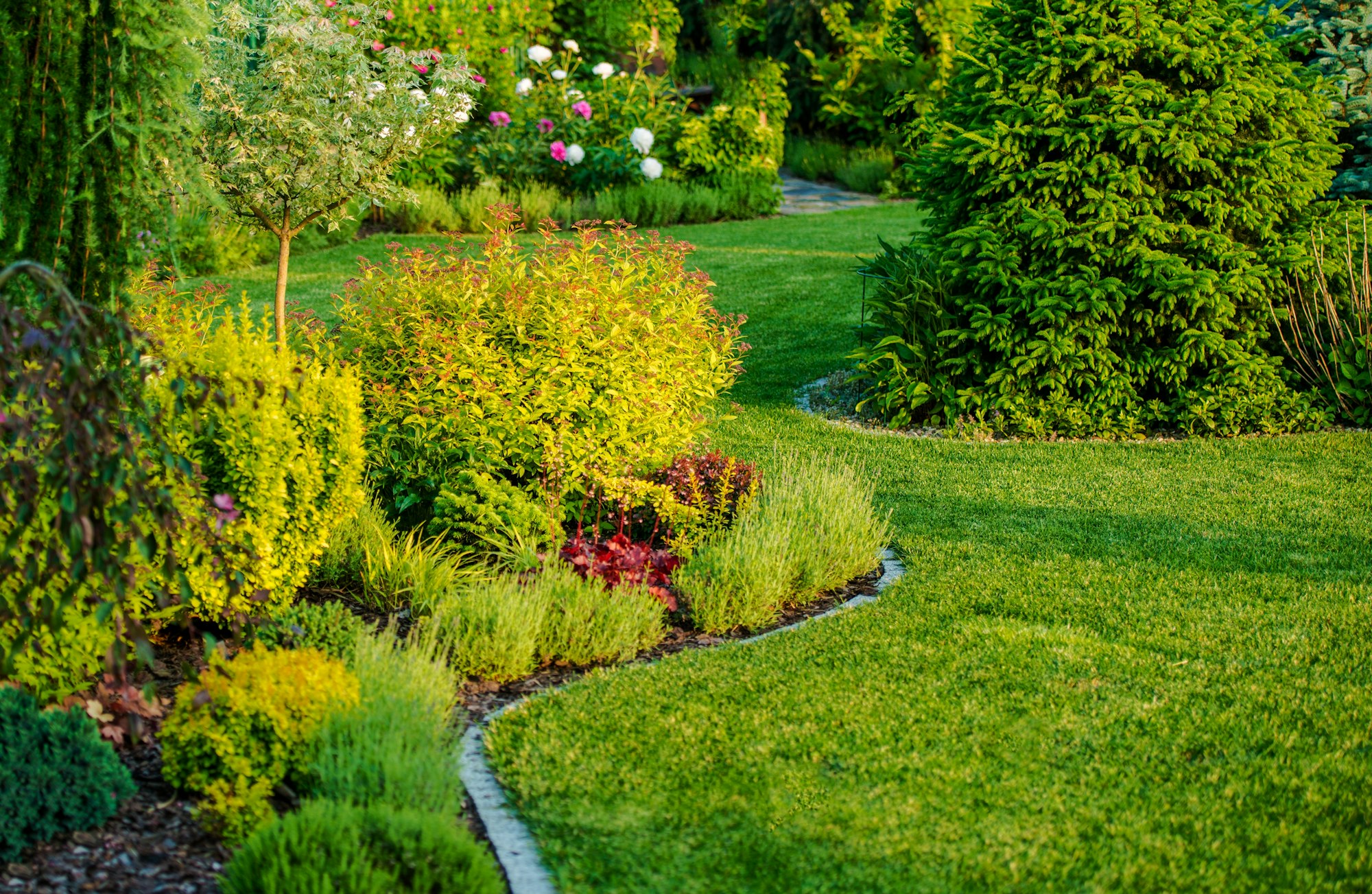Landscaping and Conservation
In the average household, water use doubles in the summer, primarily due to landscape irrigation. But, conserving water does not have to mean a dry, brown landscape.

Some Myths about Drought-Resistant Landscaping
-
Drought-tolerant landscaping isn't colorful.
In truth, many drought-tolerant plants are prolific bloomers. In addition, by carefully choosing foliage colors and textures for contrast, you can bring color interest to the garden year-round.
-
Drought-tolerant landscaping doesn't require any water at all.
Even drought-resistant plants require some initial watering to become established. However, once they are established, drought-resistant plants will get by on considerably less water than we have been accustomed to lavishing on our landscape.
How to Conserve
In the garden, try these water-conserving techniques:
- Use a variety of attractive low-water-using plants.
- Use a drip irrigation system to apply water slowly, reducing run-off and promoting deep rooting.
- Lay mulch, which can be made from readily available wood chips or leaf mold, act as a blanket to keep in moisture, and help prevent erosion, soil compression, and weeds.
- Preserve existing trees. Established plants are often adapted to low water conditions. Porous paving materials such as brick, decomposed granite, or gravel used in patios and walk-ways help keep water in the garden rather than in the gutter.
- Set automatic timing devices, which allow efficient watering on a schedule suited to each area of the landscape.
More Ways to Save Water in Your Garden
- Water in the cool parts of the day to cut down on evaporation.
- Add compost to your soil to improve its water-holding capacity.
- Check for and repair leaky hose connections and sprinkler valves. Small leaks can be very wasteful.
- Ask your local nursery about low-water-using turf, and raise your lawnmower cutting height. Longer grass blades help shade each other and cut down on evaporation.
- Don't over-water – water only when the soil is dry.
- Water trees and shrubs – which have deep root systems – longer and less frequently than shallow-rooted plants, which require smaller amounts of water or more often.
- When planting, remember that smaller-size container plants require less water to become established.
